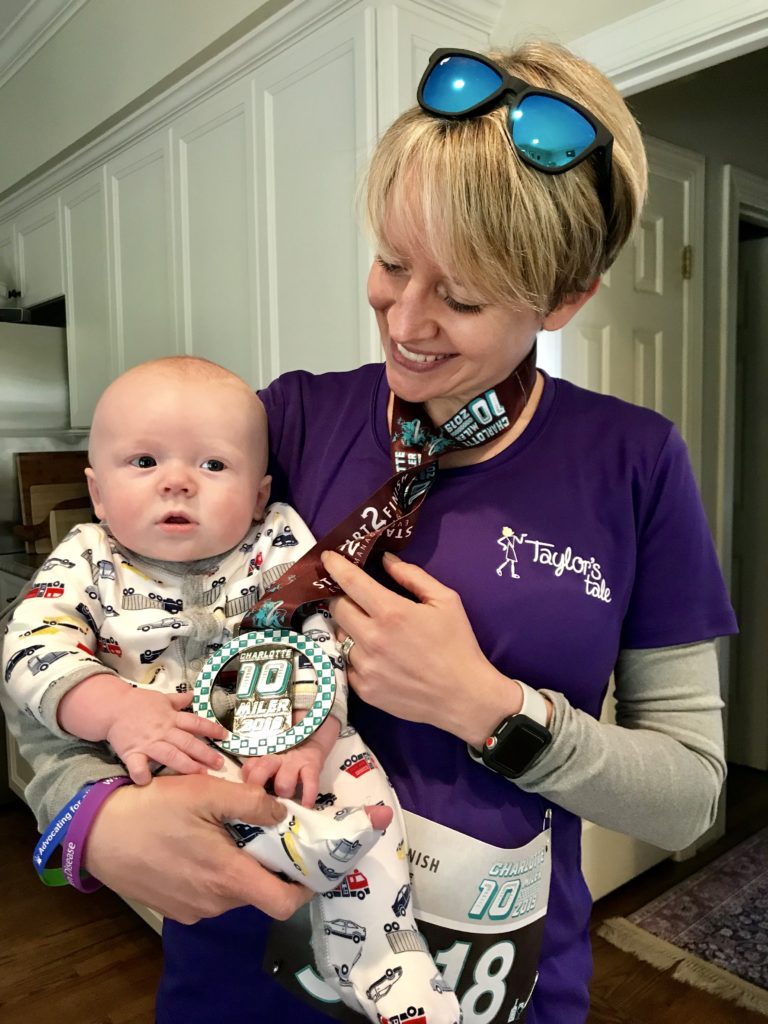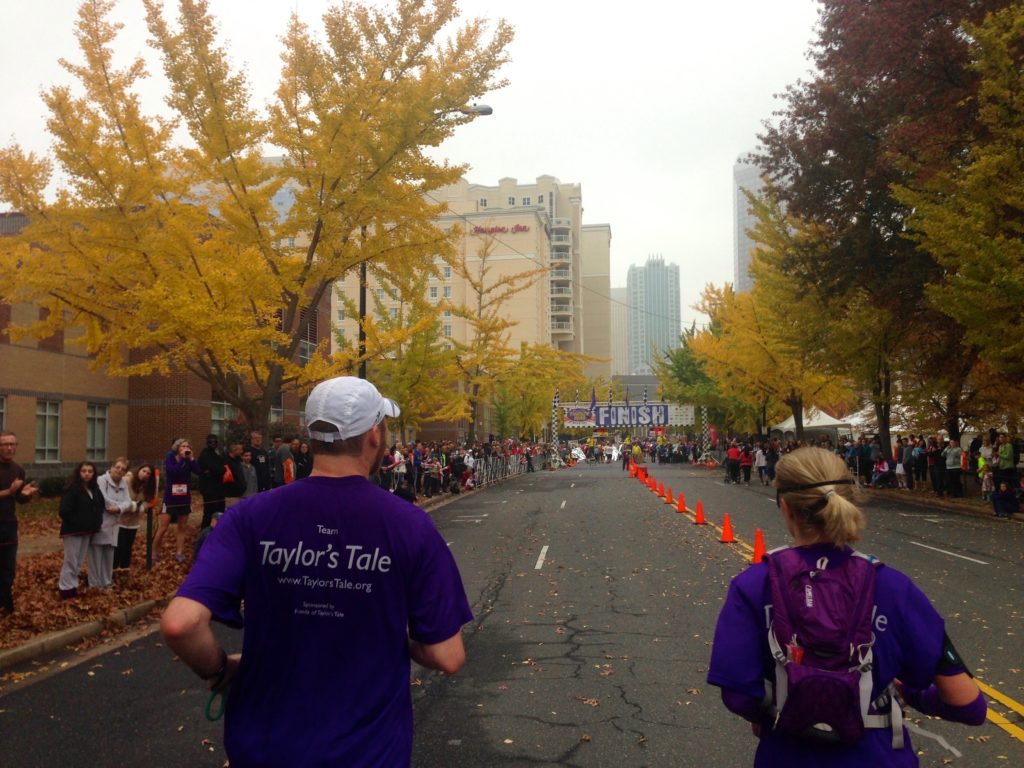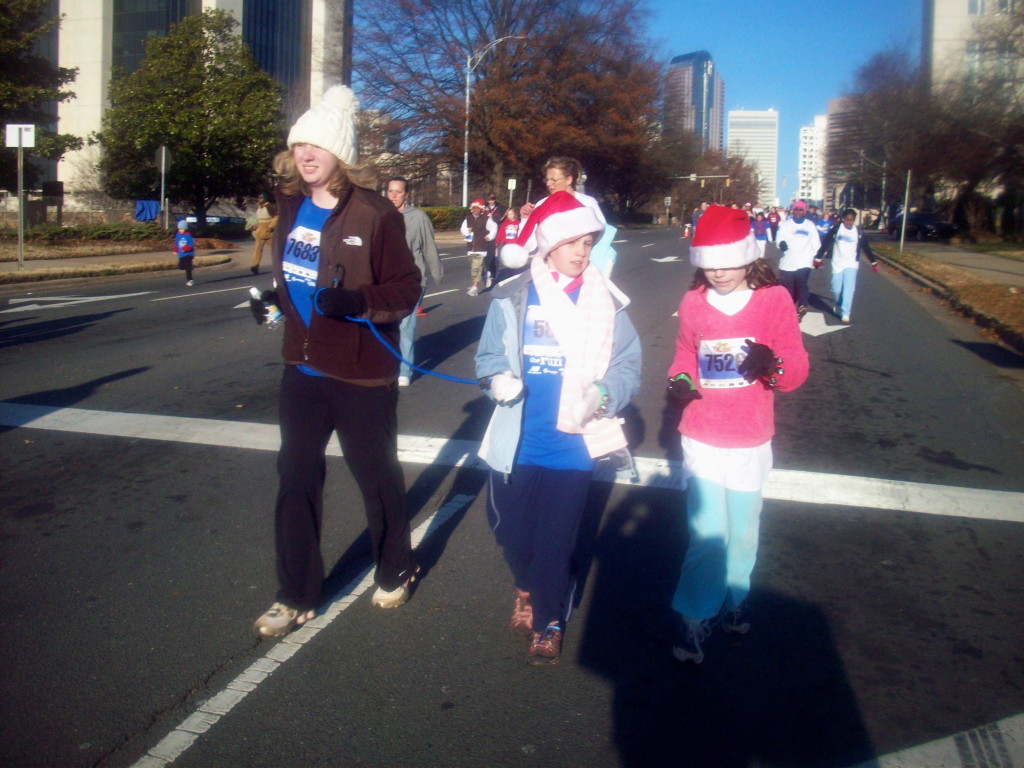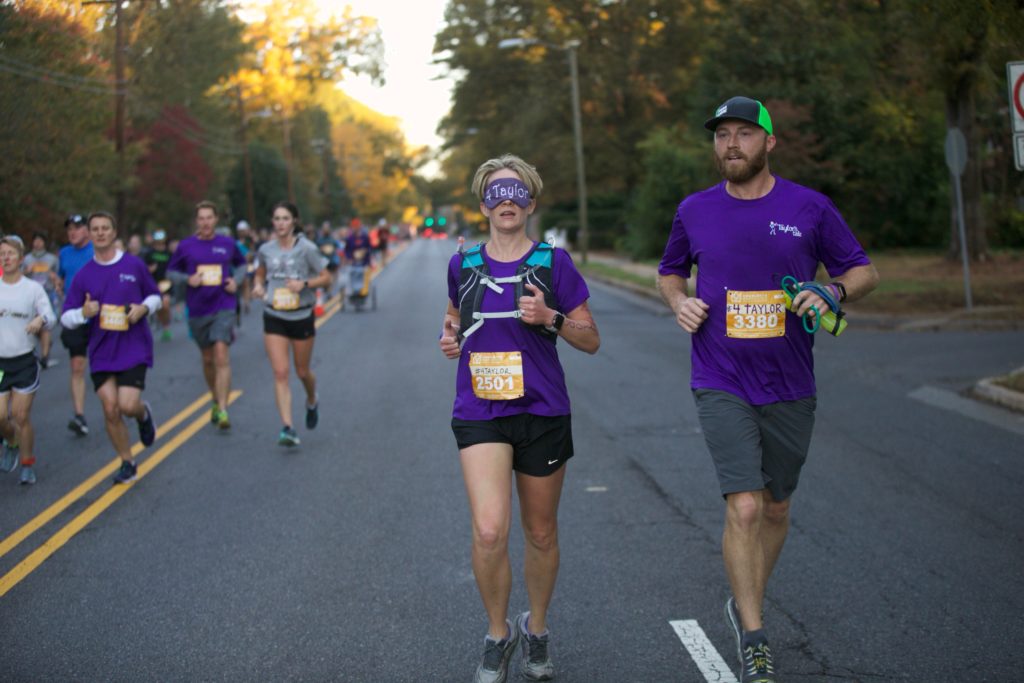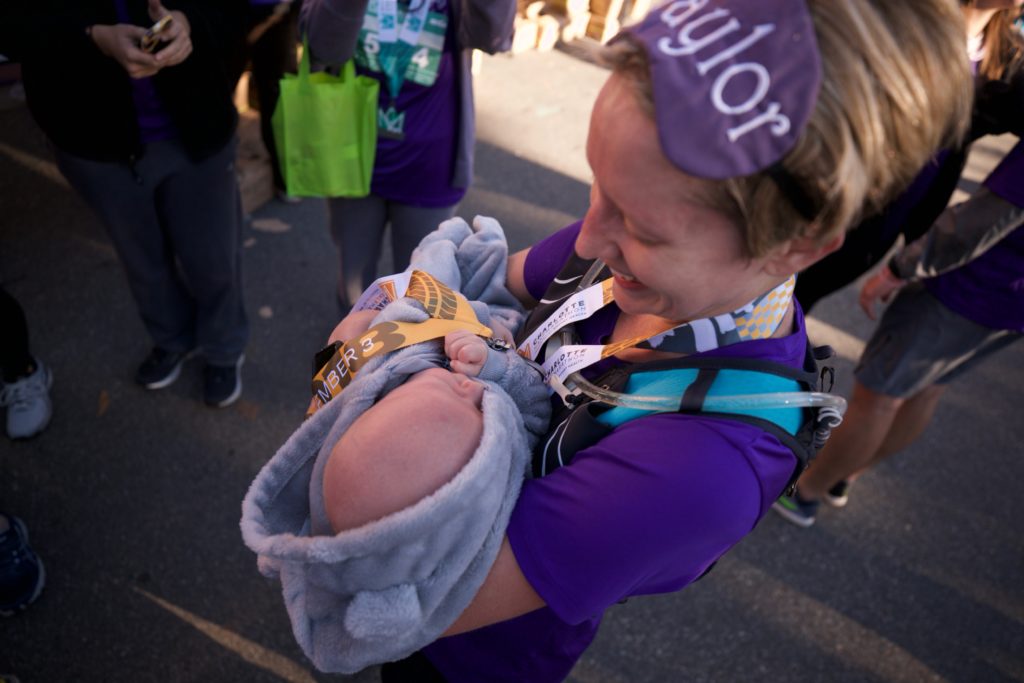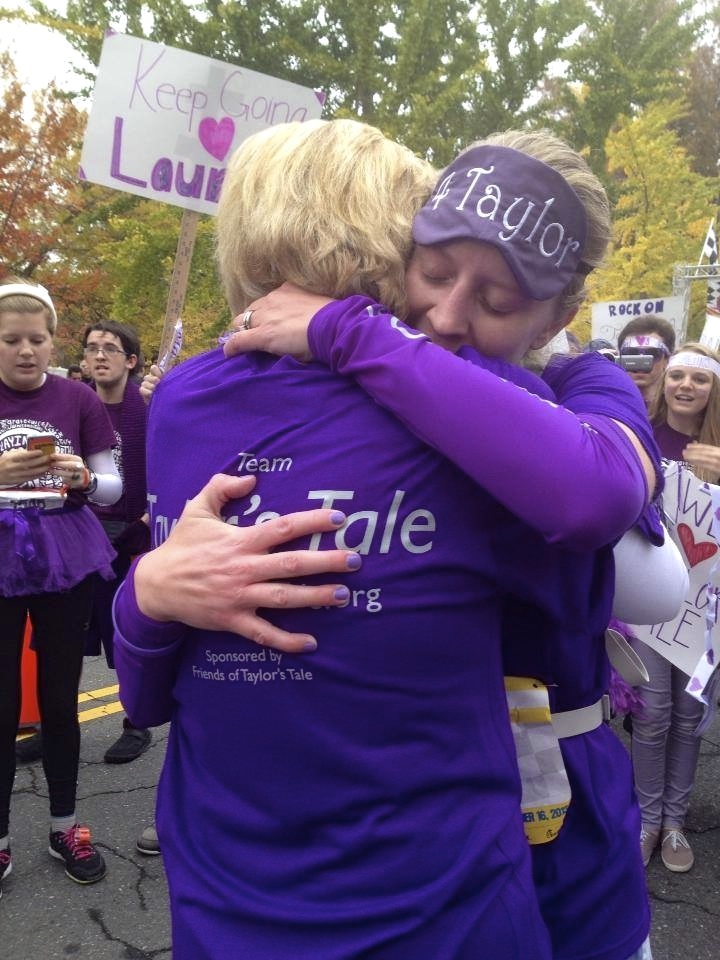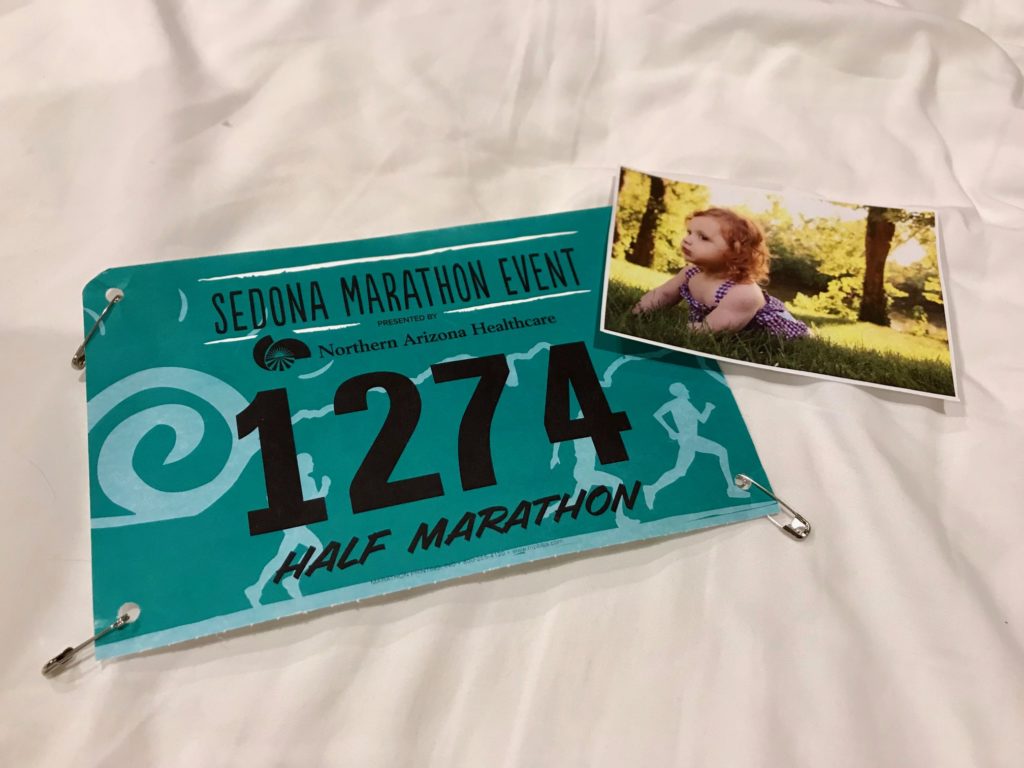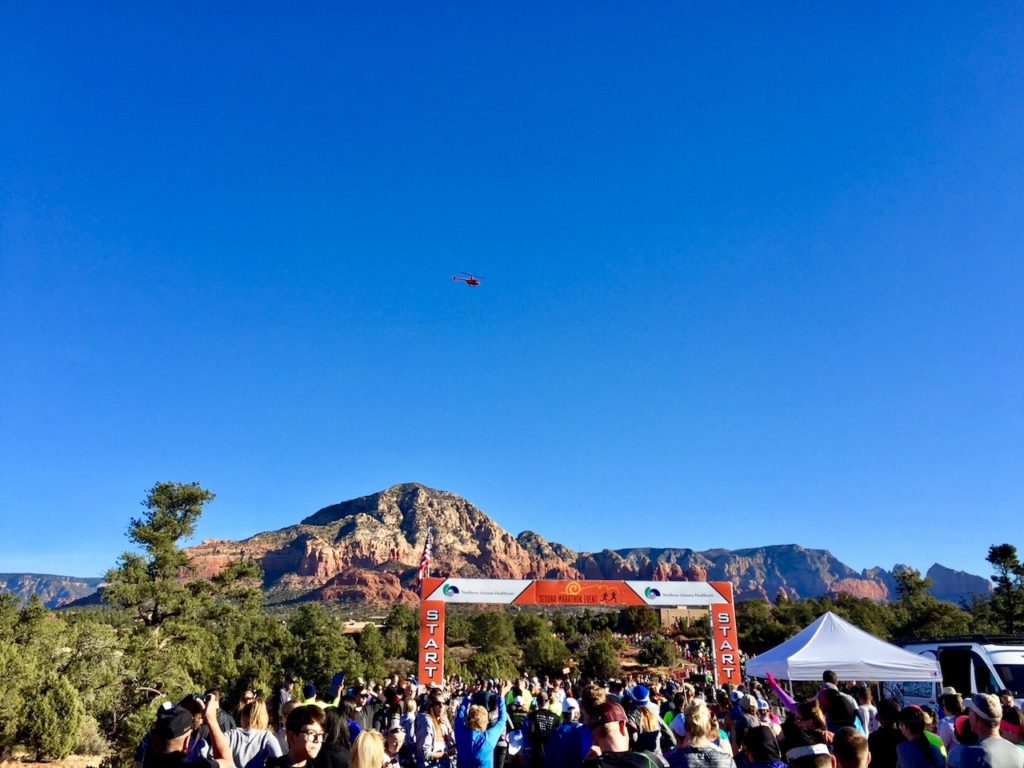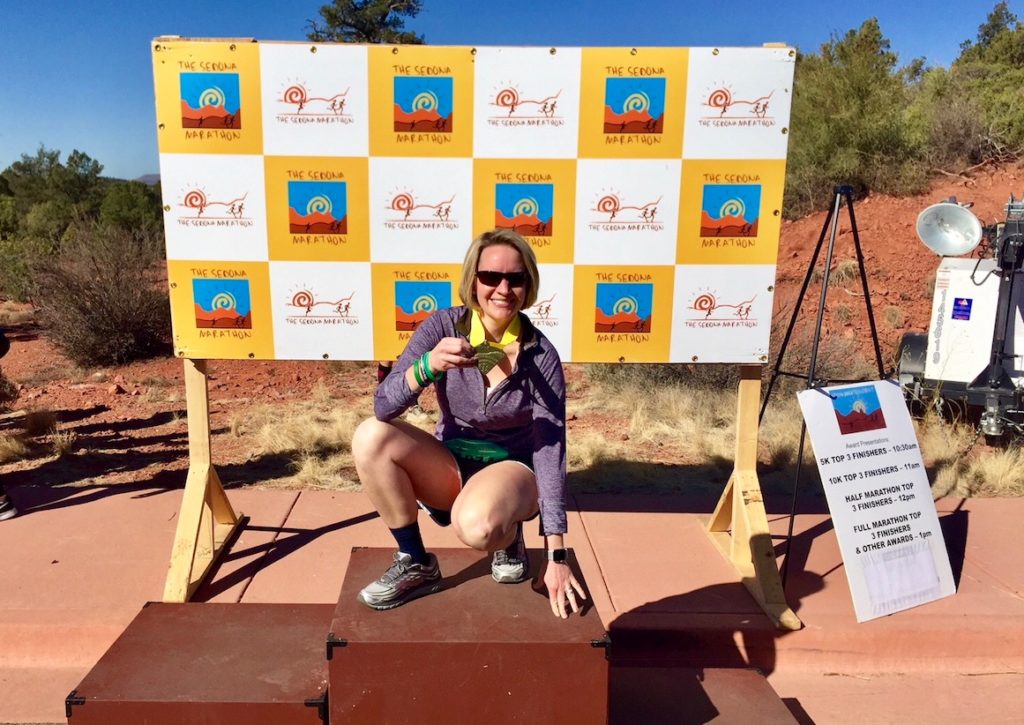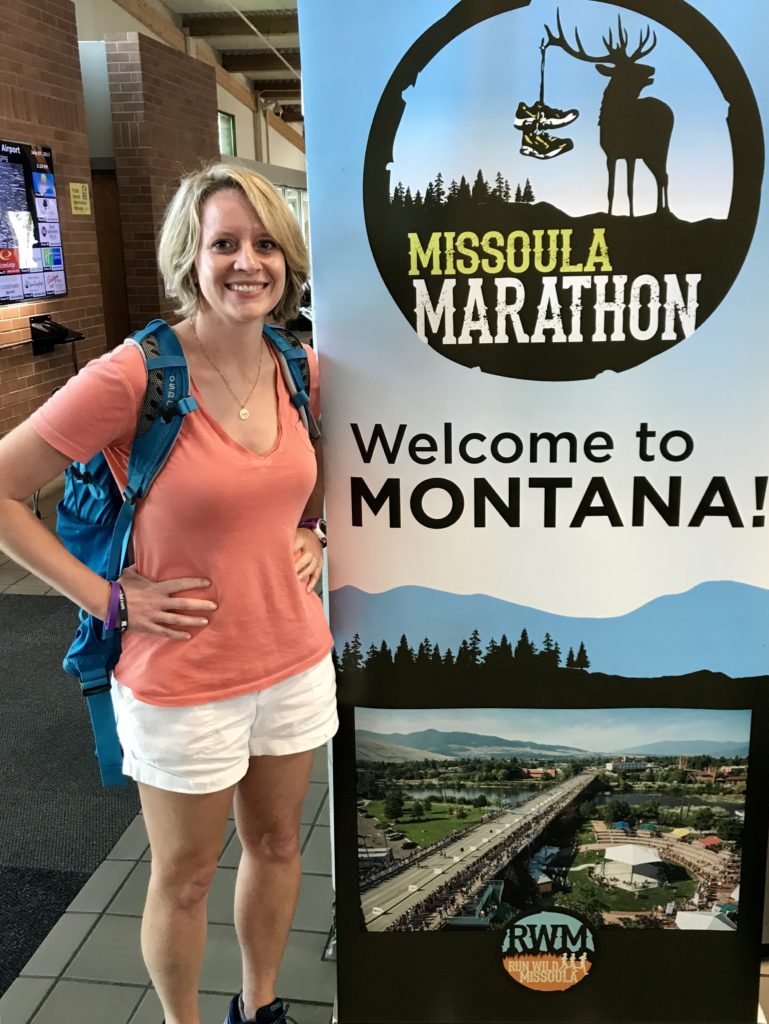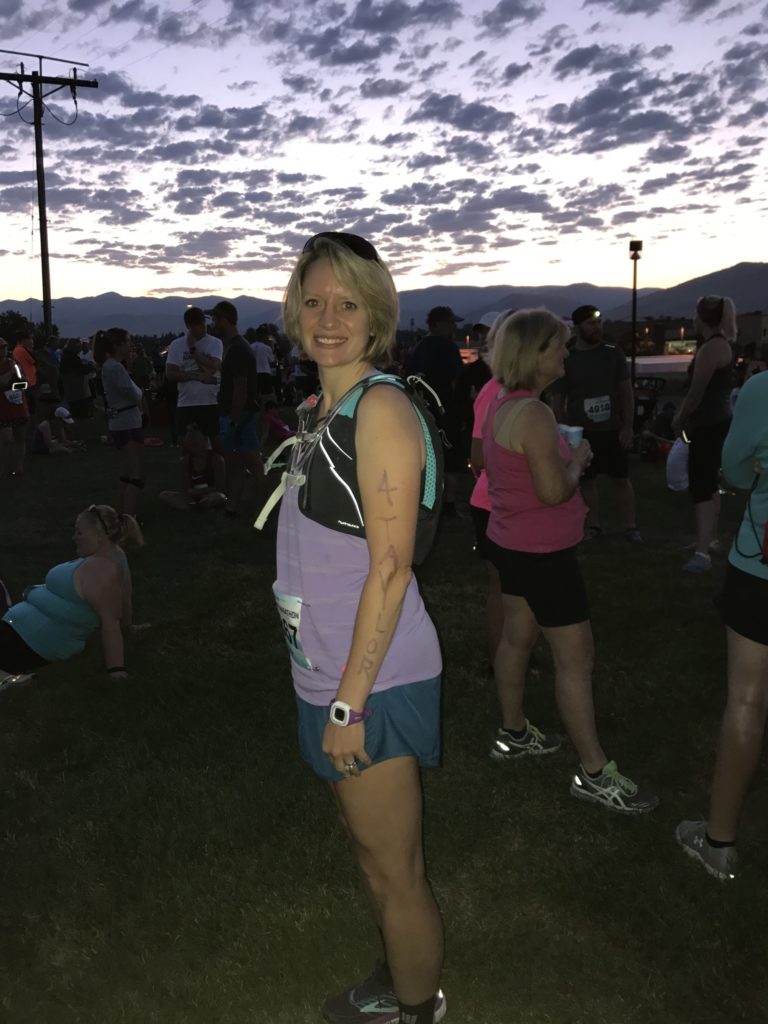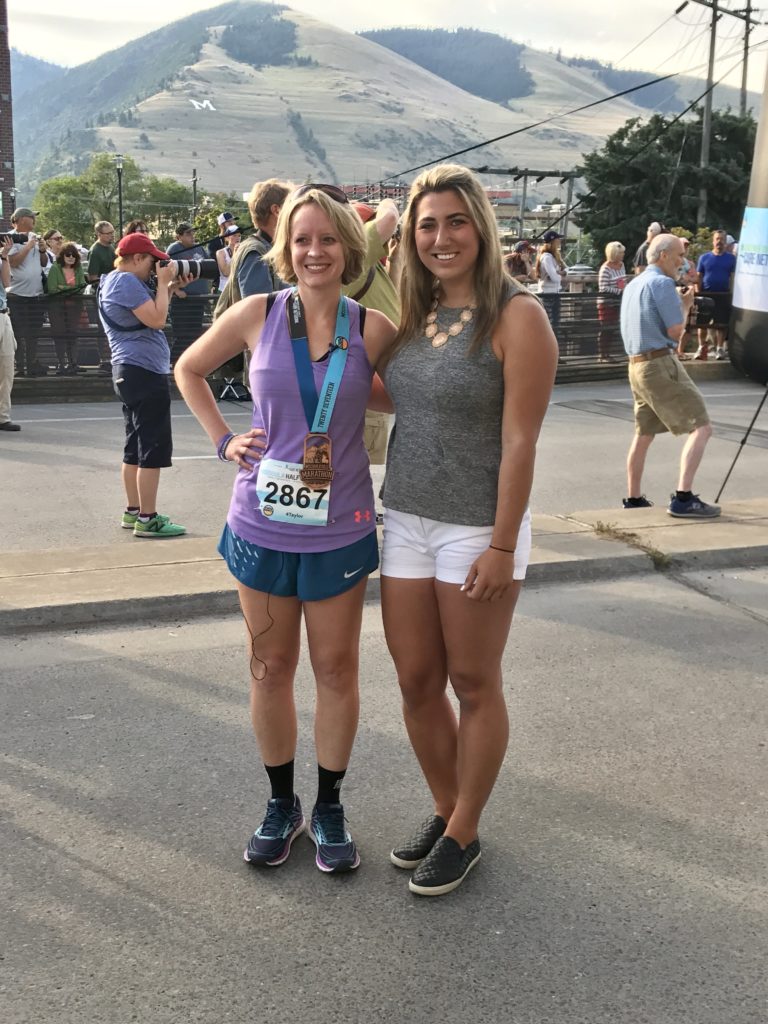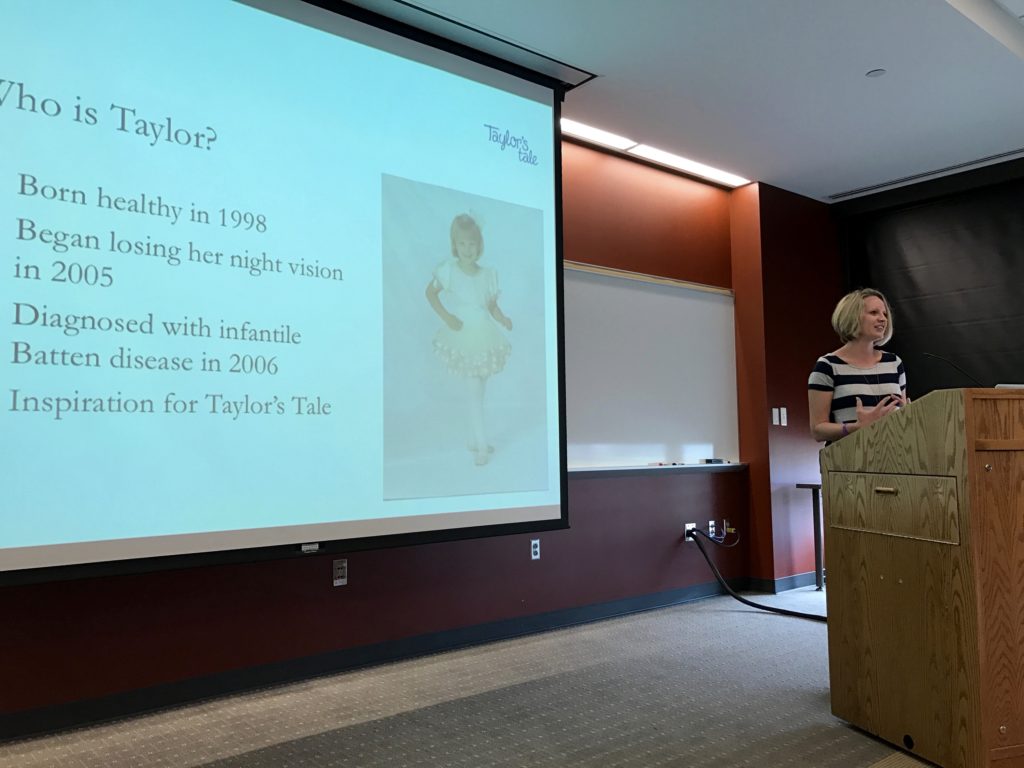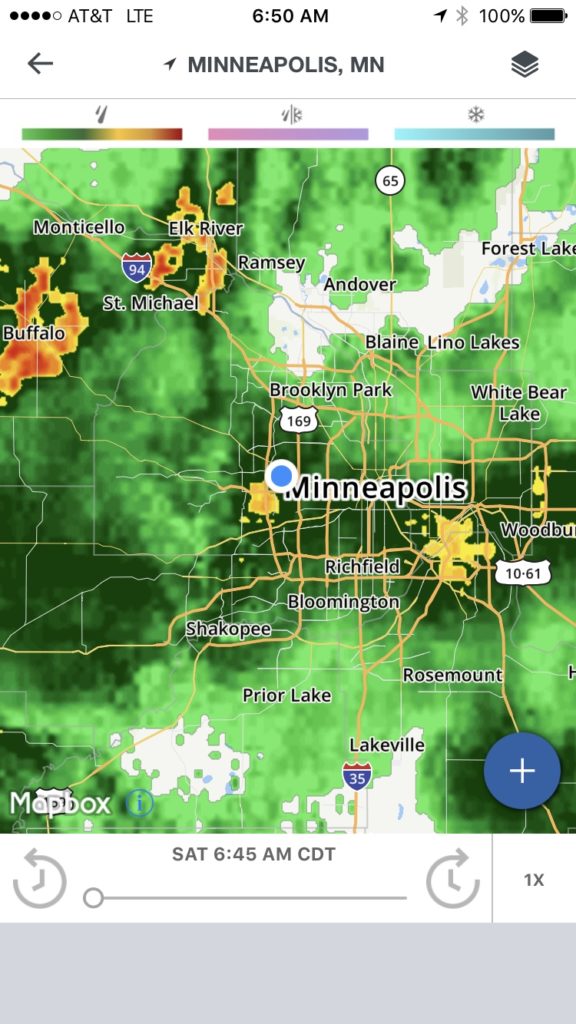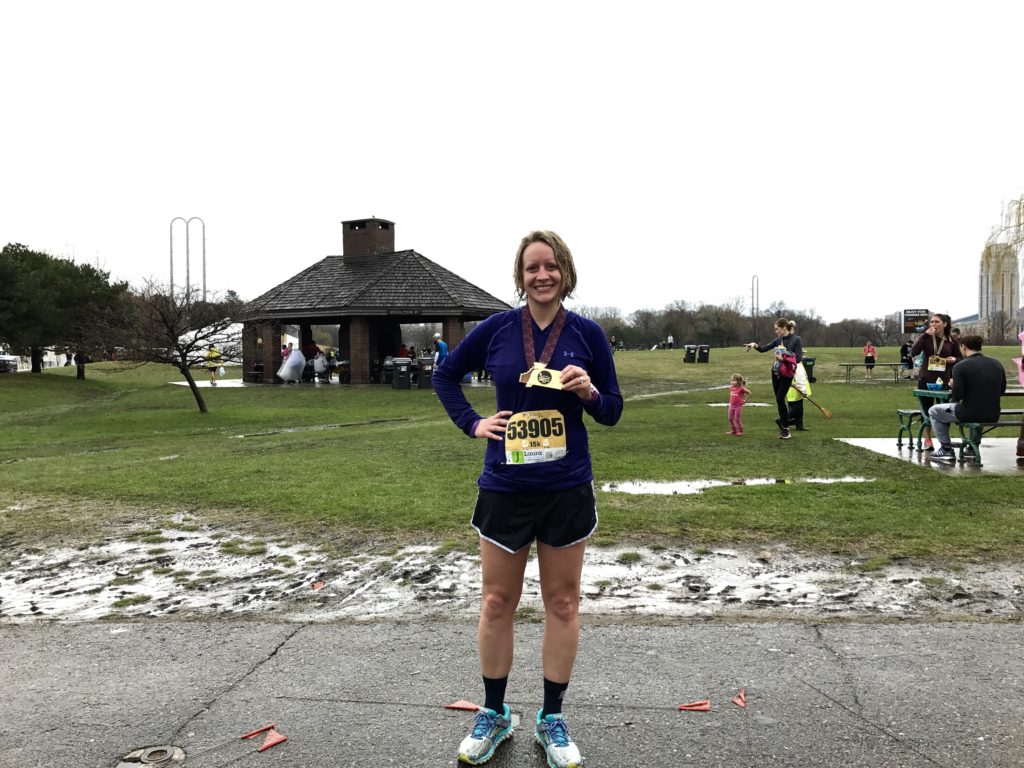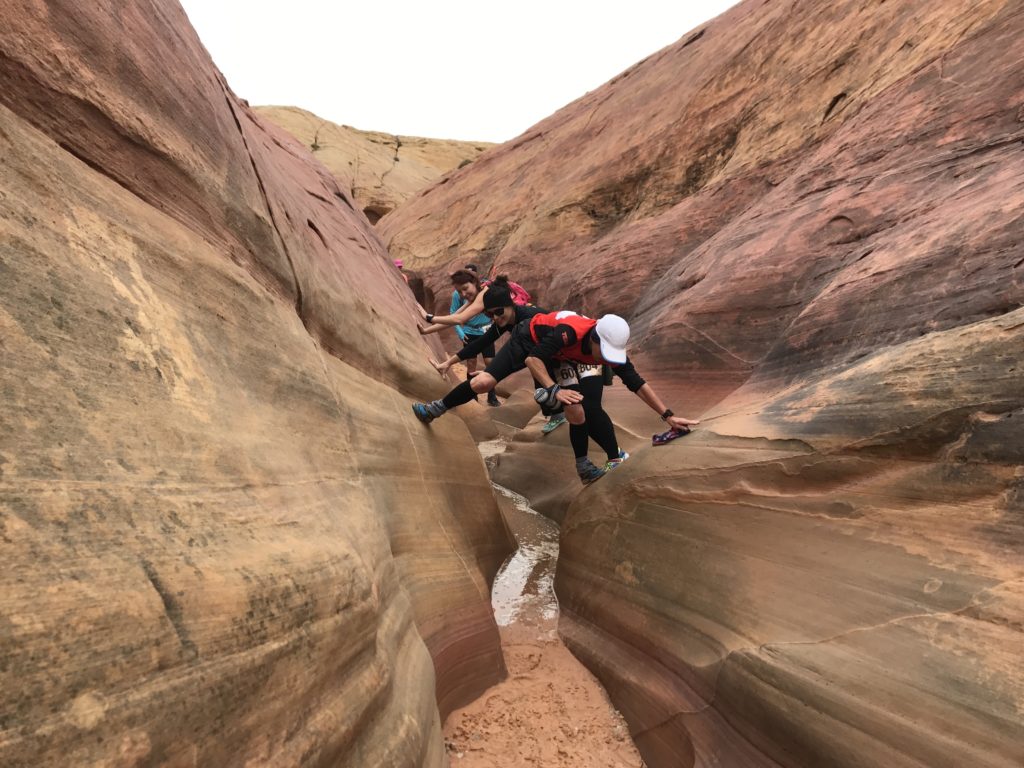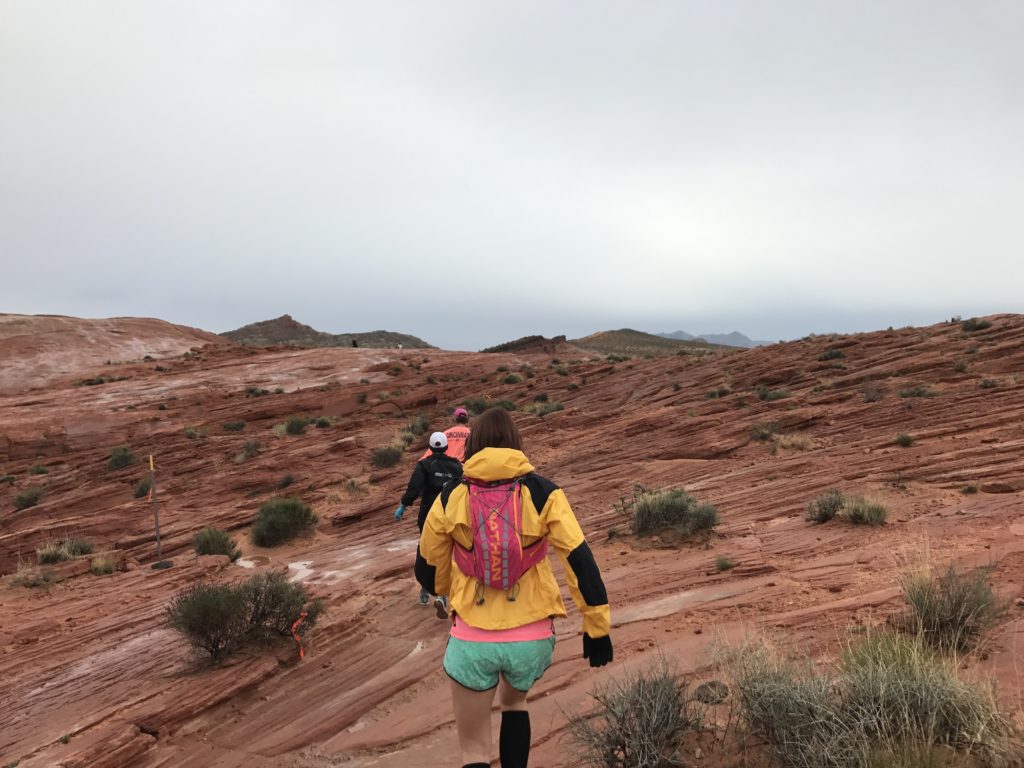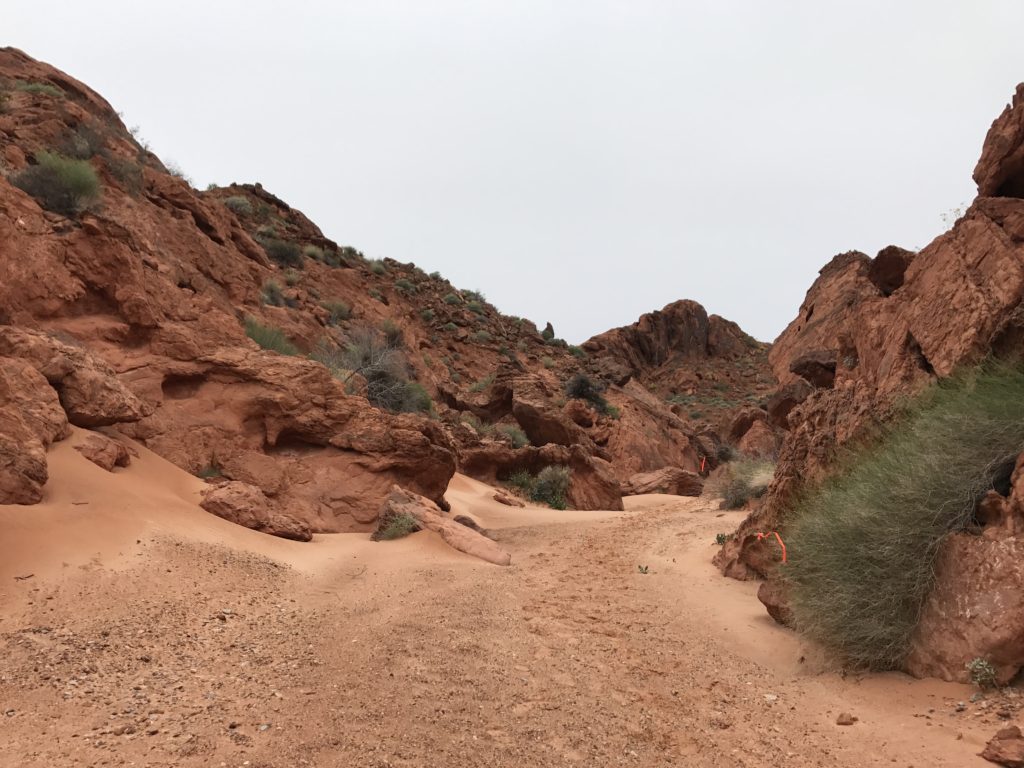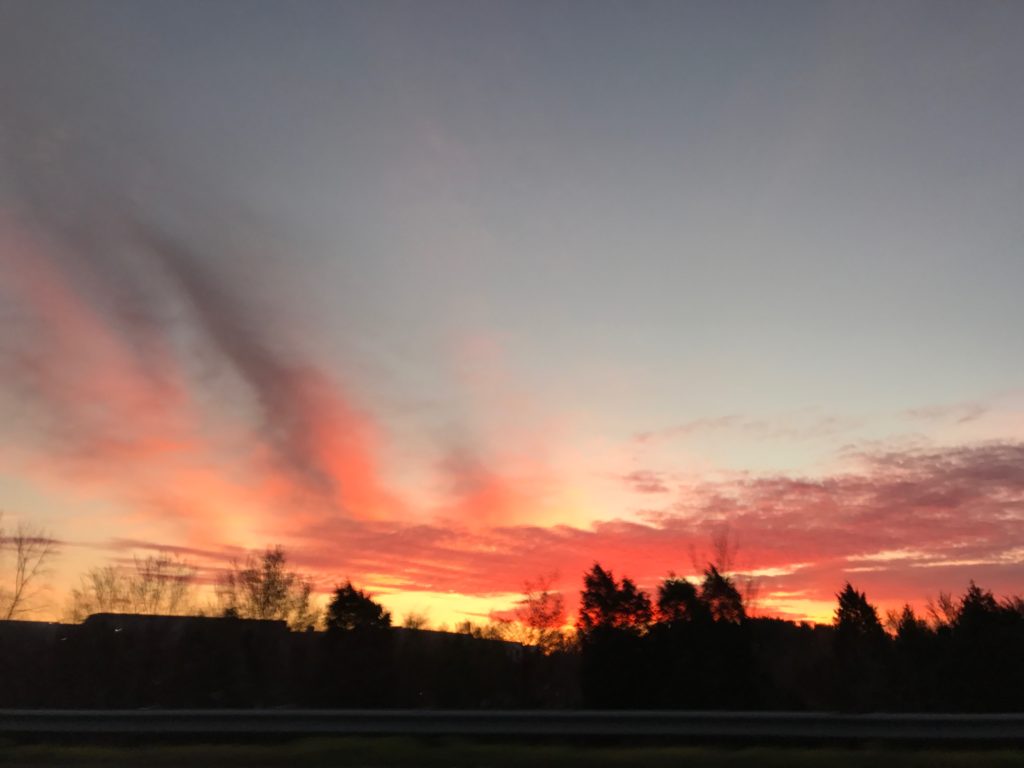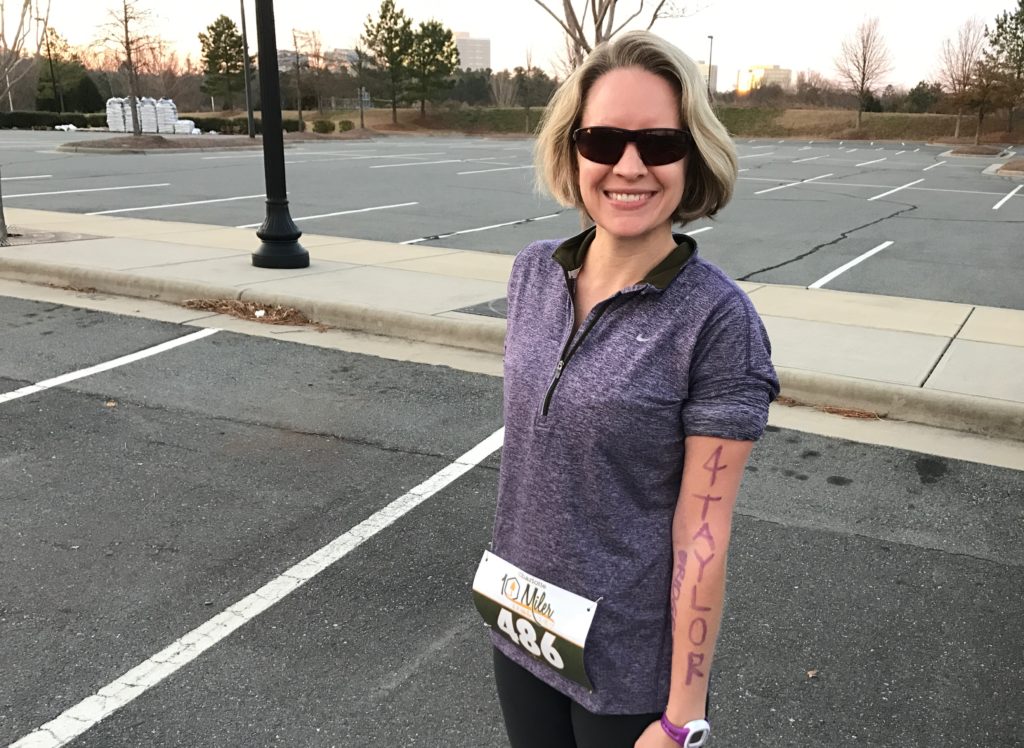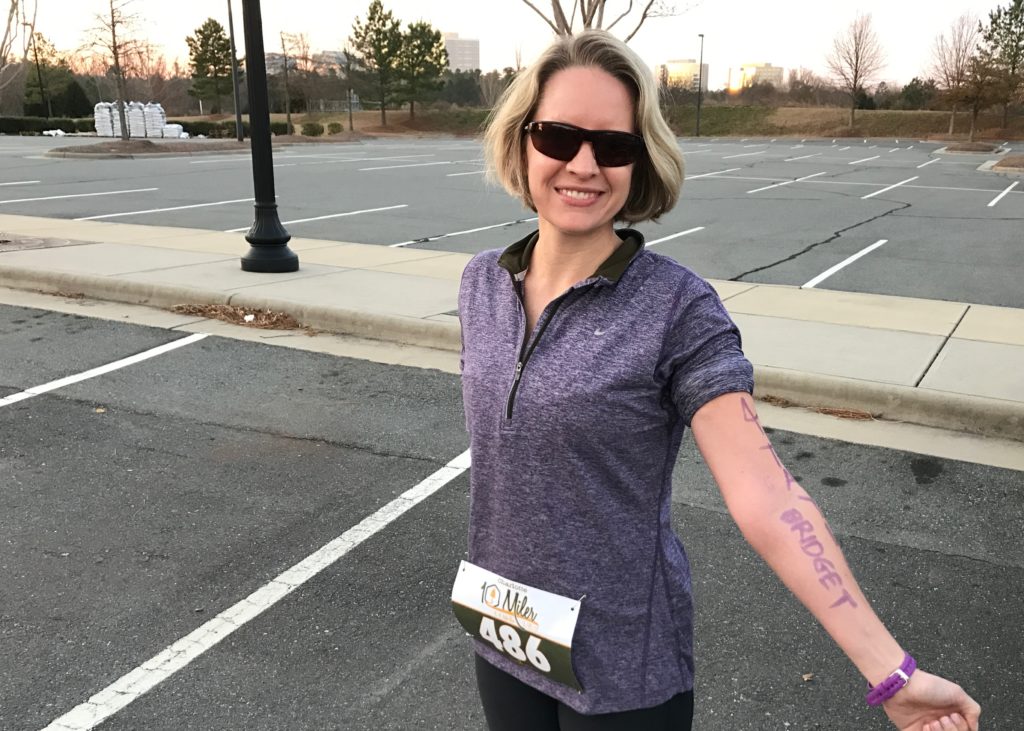I have a four-month-old baby, and his daddy has the flu. Between my housemates, a full-time job, Taylor’s Tale work and promotion for my new book, “Run to the Light,” I didn’t get much sleep this week.
That’s why, when I crawled across the timing mats with 1,000 other runners at this morning’s Charlotte 10 Miler, I didn’t expect much. After John tested positive for the flu (yes, he had a flu shot) last night, I took our son, stuffed items I thought we’d need into a haphazard collection of bags, and escaped to my parents’ house 11 miles to the northeast. I was pumping after midnight and pumping at 5 a.m. I left half my race gear at home. I had a million things on my mind and exactly zero quality runs in the two weeks leading up to race day.
But though the course changed some for 2019, this race feels like an old friend. I ran its very first edition, in 2012, and I used to win age group awards when the field was smaller. I’ve run other 10-mile races but set my PR (1:17) here. I appreciate how the quiet course, winding mostly over still water and through stands of trees on a greenway, blocks out the chronic injuries and pain that make healthy weeks feel like a blessing, not a given.
My mind wandered as I ran today, mostly toward thoughts of my sister. Some days I’m still surprised to realize that Taylor is really gone, gone to a place I can’t follow, a place where I can’t hold her hand or tell her I love her and know for sure that she heard me.
Taylor died on September 26, and in some ways, the 128 days since her death have felt as if they happened in a different dimension. Jack was born just six days before we lost my sister — I like to think they passed each other on the road to heaven. Meanwhile, I published a book and ran a half marathon blindfolded and went back to my agency job, and somewhere in the midst of all of those things and more, I learned how to be a mom (I’m still learning).
I haven’t had time to miss my sister. But I miss her still. Oh, how I miss that sweet girl.
Last week, I ran with Jack for the first time. Outside, cloaked in the January sunshine, I couldn’t help but wonder whether, if she’d been healthy, his Aunt Taylor would have been beside me, hankering for a turn pushing the stroller. I often try to imagine what kind of person my son will grow to become and whether he’ll love the same things his mother loves. Then I’ll remember I used to do that with my sister before Batten disease, even though I favored shorts and floppy shirts over frilly dresses, while she loved pink and purple and wore lots of jewelry and had more spunk in her little finger than I had in my whole body.
My husband and I will teach our son that life is a blessing. That the best gifts are the gifts we earn, and that we can always find a reason to be happy. I’m sad Taylor didn’t have the opportunities I covet for Jack. I’m sad life on Earth with the people who loved her was such a brief stop on her journey. But Taylor’s loss, and her ultimate sacrifice, are exactly why I recognize the value of each day. I’d give anything to have my sister here with me.
The Charlotte 10 Miler featured a new course this year, with a late climb that made me question racing on battered legs and ankles and feet with four hours of sleep. Instead of walking, I pumped my arms. I pushed to the top. And as I crested the hill, I felt filled with a new sense of purpose to carry me through 2019, the first full year without our sweet T.
It’s good to be back.

